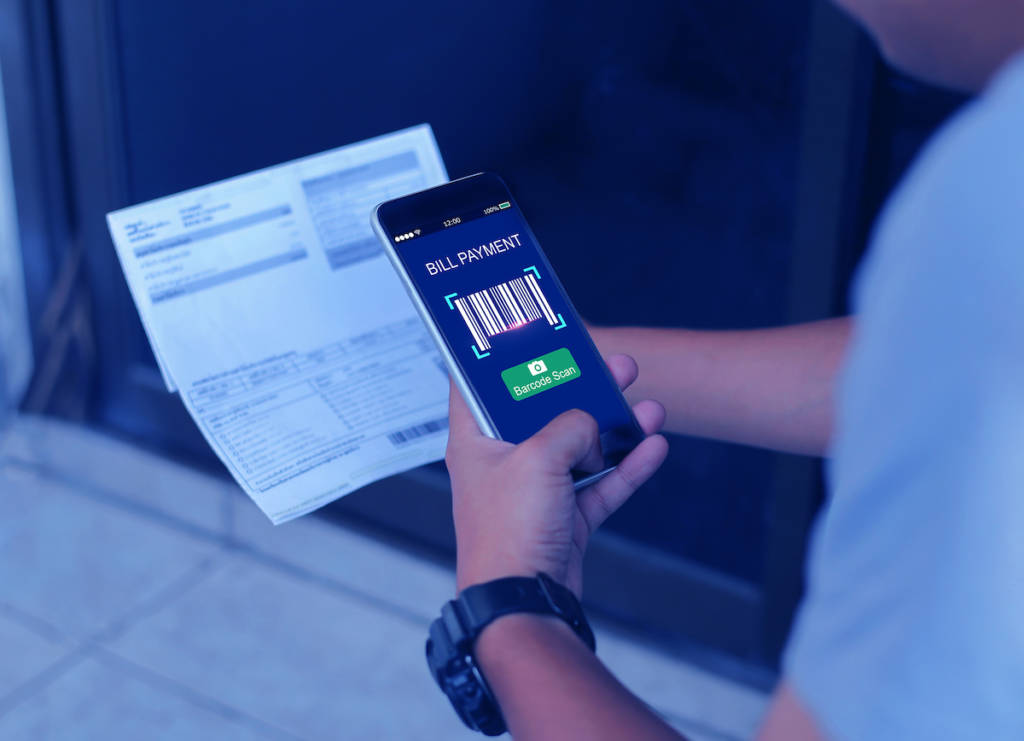By now, everyone has either heard about, considered using or indeed fully adopted one or more of the BNPL payment methods available to consumers. Its meteoric rise as a prominent payment method is nothing short of spectacular, but as with anything new, there is room for improvement. In this post, we look at some of the challenges BNPL has in its current format.
Many BNPL offers are suitable for consumers with the highest credit ratings. With only Prime Lending on offer, a lot of shoppers are effectively ‘locked out’ of the BNPL trend. For merchants, this means that a large portion of potential customers have a bad payment experience and eventually abandon the sale. Offering only one BNPL provider or offering only Prime BNPL providers prohibits merchants from winning business from consumers who are less qualified.
Credit approval decline rates for BNPL are surprisingly high. In some cases, as high as 70 percent, depending on demographic and vertical. Merchants need to offer the preferred payment methods their customers want and expect to find at the checkout. But if the decline rate is so high for BNPL, a lot of shoppers are having a considerably less than optimal payment experience. The main reason for such low acceptance rates is because most BNPL providers today only use prime lending, as noted.
Offering customers the option of financing at checkout opens new revenue for merchants. They can sell to even more consumers and increase the average ticket size. But most BNPL offerings today focus on lower ticket items and verticals. There is arguably even more benefit to customers who want financing options on higher value purchases so they can better manage their cashflow.
BNPL can be expensive for merchants, 3-7% on top of normal credit card processing fees. There is no doubt that BNPL is a must-have now for merchants that want to offer their customers the best checkout experience, but it is not an inexpensive solution. It’s true that merchants get paid up front, and the BNPL provider takes care of collecting money afterward, but the merchant costs are an important consideration, especially if margins are tight.
Some shoppers prefer one BNPL provider, while others have a preference for different providers. Indeed, there are some consumers who prefer to use several different providers in parallel. But when it comes to adding the different BNPL payments to a merchant’s checkout, it can make for a cluttered and confusing experience and can lead to cart abandonment.
Another downside to having so many payment methods available is that each one needs to be fully integrated into a merchant’s checkout. This integration process is expensive, time consuming and a resource drain on employees who could be otherwise focused on business development projects. And of course, merchants also must sign a commercial agreement with each BNPL provider that they are offering.
With all that said, there is no question that BNPL is a welcome addition to the payment mix, both for the consumer and for the merchant. Shoppers get more choice, can manage their cashflow the way that suits them, and merchants have access to new customers and larger purchases. There is indeed room for improvement as the BNPL market matures and develops over time.
Working with payment providers that have the market knowledge to help merchants get set up with the right mix of BNPL providers for the merchant’s market can play a big role in successfully offering this growing payment method at checkout.
To learn more about how ACI Secure eCommerce offers the coverage merchants need to get set up with the right mix of BNPL providers, contact us today, or visit us at Booth # 5147, NRF 2022: Retail’s Big Show, January 16–18, 2022, at the JAVITS Centre NYC.




